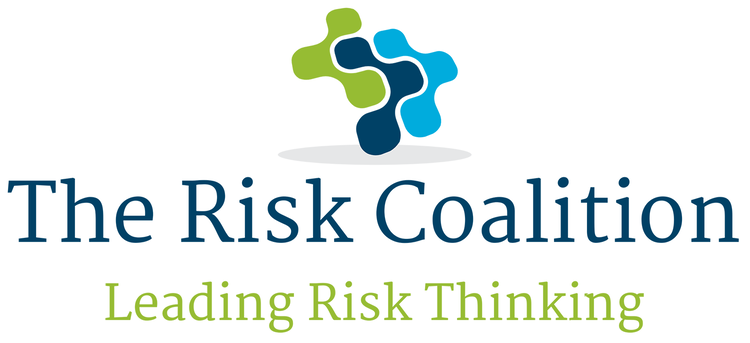Did you know that 84% of cyber-attacks occur at the application layer. The application layer is the easiest to attack and the hardest to defend as it is the most exposed and accessible. Why? Because organisations do not practice basic “security by design” principles developing these applications. Consequently, applications are the primary attack vectors for threat actors today.
But it doesn’t have to be this way. There is a straightforward and pragmatic 4-step process for ensuring the security integrity of business-critical applications prior to launch. This innovative approach is comprised of four simple steps:
Step 1: The process begins by conducting a detailed analysis of the design, development, testing, and hosting documentation associated with the application. The purpose is to identify all of the access points, existing access controls and any inherent security design flaws. The application's development and testing processes should also be examined for adherence to OWASP best practices. Document the findings.
Step 2: The short design review is then followed by a threat assessment. In this step, the information asset(s) processed, stored, or transmitted by the application and its (their) sensitivity classification level(s) are then identified and confirmed. The assessment should be based upon the information obtained in the design review and the document these findings as well identifying potential vulnerabilities that may be exploited.
Step 3: The results of the threat assessment provide valuable data for the next step of defining and documenting the "attack surface" associated with the application given its design, development, and deployment flaws. This step is critical and is done to identify the probable threat agents and their most likely attack vectors. This modeling is essential for scoping effective security penetration testing for the application that actually simulates real-life attack scenarios. Upon completion, the model is used in the next and final step.
Step 4: Finally, a security penetration test is conducted on the application. The testing scope, approach, tools & methodology are determined by the actual attack surfaces associated with the application. In this way, testing simulates real-world attack scenarios, from threat agents through existing attack vectors. This pragmatic approach significantly increasing the value of testing and results in remedial recommendations that if implemented will actually reduce the threat to your application.
Richard Hollis is chief executive at Risk Crew. To find out more about risk-driven security testing, join Risk Crew’s webinar, entitled “No DevSecOps? Plan B: Risk-Driven Application Testing”, on 4 April 2023

